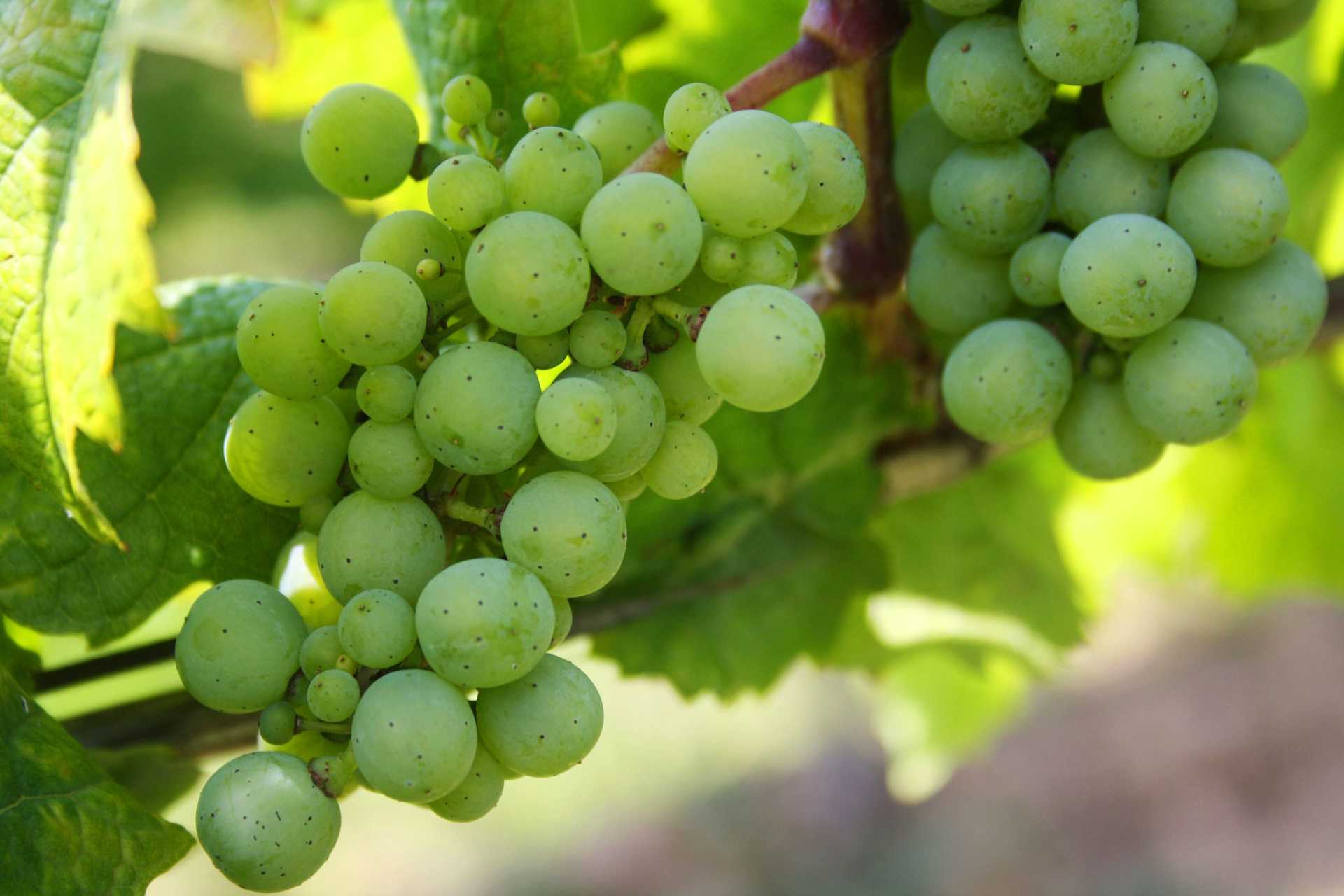Jermann Capo Martino 2009
-
Robert
Parker


Product Details
Your Rating
Somm Note
Winemaker Notes
Professional Ratings
-
Robert Parker's Wine Advocate
The 2009 Capo Martino shows quite a bit more energy and vibrancy than the Vintage Tunina. Pears, white flowers, peaches and mint are some of many notes that emerge from the glass. There is no shortage of minerality or nuance here. This is a terrific showing. Capo Martino is Friulano, Ribolla Gialla, Malvasia Istriana and Picolit, all indigenous grapes, which makes the wine the alter ego of the more internationally styled Vintage Tunina.
Other Vintages
2012-
James
Suckling -
Wine
Spectator
-
Wine
Spectator -
Wine &
Spirits
-
Robert
Parker
-
Wine
Spectator
-
Wine
Spectator
-
Wine
Spectator





Silvio Jermann does not look like a revolutionary. More like a shy young college professor. Nothing about him is aggressive or flamboyant, not even his fair good looks. Yet here is the man who changed Italian wine history and created a new era in white vinification.
Heir to a traditional Friulian winery - founded by his Austrian great-grandfather Antonio in 1881 -Silvio graduated from two renowned wine academies, Conegliano and Istituto di San Michele. As early as his senior year, he determined to explore new courses in wine-making, and soon moved to Canada. Silvio's voluntary exile broadened his scope and allowed him a freedom of research which would have been unthinkable at home, where his parents, Angelo and Bruna, favored more conservative views.
Today, Silvio has not only converted his parents; he has won over the wine-making world.
His extraordinary, multi-layered, extract-loaded whites are as many landmarks of contemporary viniculture. Their inspired individual style speaks of a will of steel, and an almost mystical view of wine; of Collio's incredible terroir and Silvio's daring flair; of tiny vineyards he personally monitors, and unique blends of indigenous and international varieties.
At once revolutionary and instant classics, immaculate and complex, these wines express the essence of each varietal character to its purest and fullest degree.

With hundreds of white grape varieties to choose from, winemakers have the freedom to create a virtually endless assortment of blended white wines. In many European regions, strict laws are in place determining the set of varieties that may be used in white wine blends, but in the New World, experimentation is permitted and encouraged. Blending can be utilized to enhance balance or create complexity, lending different layers of flavors and aromas. For example, a variety that creates a soft and full-bodied white wine blend, like Chardonnay, would do well combined with one that is more fragrant and naturally high in acidity. Sometimes small amounts of a particular variety are added to boost color or aromatics. Blending can take place before or after fermentation, with the latter, more popular option giving more control to the winemaker over the final qualities of the wine.

The source of some of Italy’s best and most distinctive white wines, Friuli-Venezia Giulia is where Italian, Germanic and Slavic cultures converge. The styles of wines produced in this region of Italy's far north-east reflect this merging of cultures. Often shortened to just “Friuli,” the area is divided into many distinct subzones, including Friuli Grave, Colli Orientali del Friuli, Collio Goriziano and Carso. The flat valley of Friuli Grave is responsible for a large proportion of the region’s wine production, particularly the approachable Pinot grigio and the popular Prosecco. The best vineyard locations are often on hillsides, as in Colli Orientali del Friuli or Collio. In general, Friuli boasts an ideal climate for viticulture, with warm sunny days and chilly nights, which allow grapes to ripen slowly and evenly.
In Colli Orientali, the specialty is crisp, flavorful white wine made from indigenous varieities like Friulano (formerly known as Tocai Friulano), Ribolla gialla and Malvasia Istriana.
Red wines, though far less common here, can be quite good, especially when made from the deeply colored, rustic Refosco variety. In Collio Goriziano, which abutts Slovenia, many of the same varieties are planted. International varieties like Merlot, Cabernet Sauvignon, and Cabernet Franc are also common, but they tend to be Loire-like in style with herbaceous character and mellow tannins. Carso’s star grape is the red Teranno, notable for being rich in iron content and historically consumed for health purposes. It has an earthy, meaty profile and is often confused with the distinct variety Refosco.
